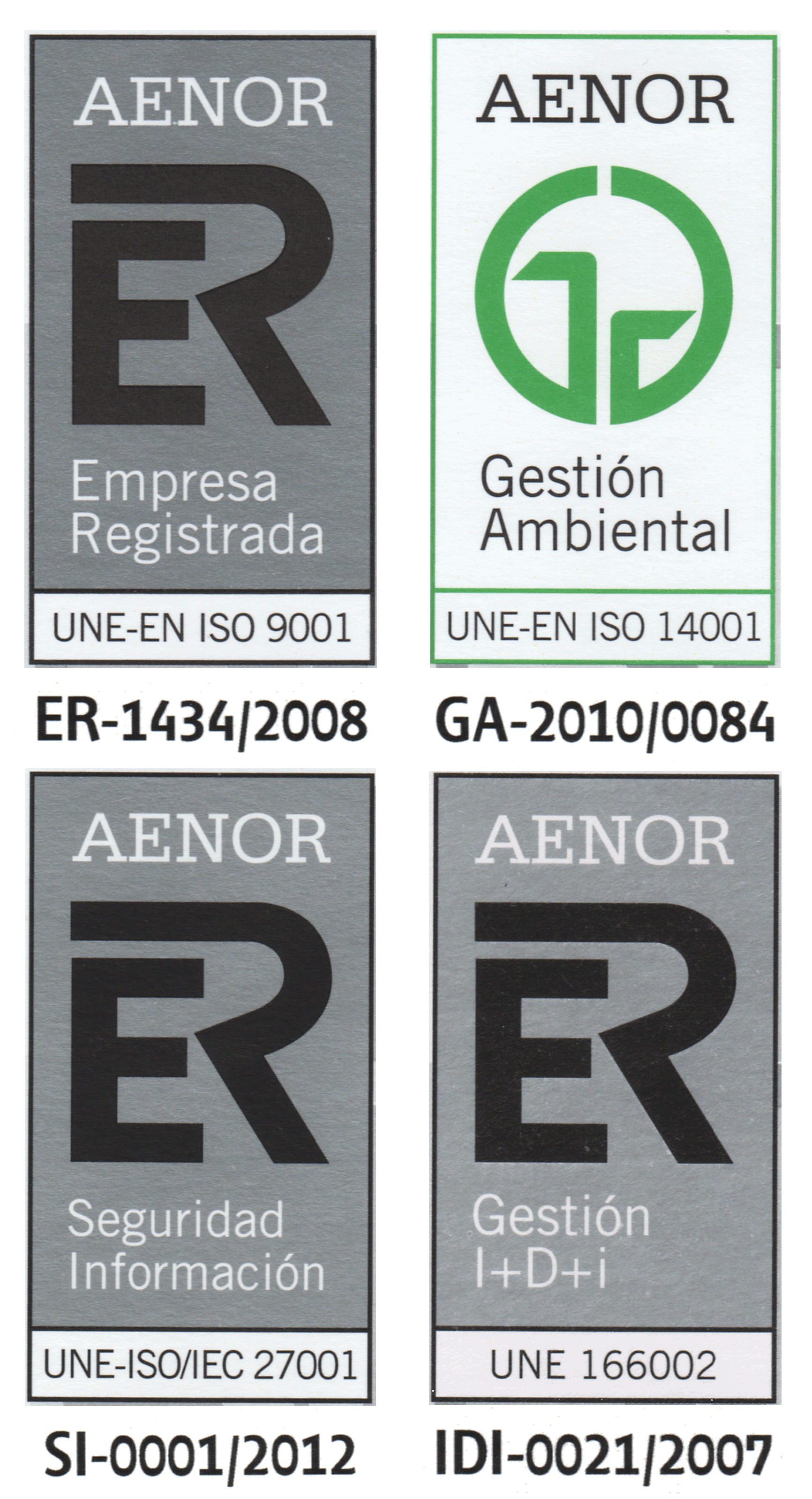A contribution of Membrane Computing in Food Engineering and Chemical Organization Theory meets Membrane Computing
Gabi Escuela, Ph.D. student
Friedrich Schiller University of Jena, Germany
The talk is divided in two parts:
(1st part) A Contribution of Membrane Computing in Food Engineering and
(2nd part) Chemical Organization Theory meets Membrane Computing
Abstract:
For the first part of my talk, I want to describe a work-in-progress that I presented in Biosignals2010, about an application of P-systems for fruits and vegetables packaging. As living materials, post-harvested fruits and vegetables continue their metabolic activity, exhibiting progressive biochemical changes. Optimization of environmental conditions during storage of these fresh commodities is required in order to increase their shelf life. In this work we use P systems to abstract molecular interactions that occur between plant organ, film and surrounding atmosphere factors involved in fresh fruit and vegetable package designs. The proposed model constitutes a general framework to simulate the dynamical behaviour of these systems, specially due to gas exchanges and temperature fluctuations. Moreover, the model can be extended introducing other variables and processes that affect quality of such produces.
Later, I want to introduce the concepts around Chemical Organization Theory, an artificial chemistry tool to analyze complex dynamical reaction networks. The theory focuses on the qualitative changes accompanying quantitative system changes. It has been applied to models of virus dynamics, bacterial metabolism, planetary photo-chemistries, etc. My objective is to discuss about the opportunities to use this approach to analyze the dynamics of a system described in terms of the theory of P-Systems.
- Date: Thursday, 28th of January 2010, at 12:00
- Place: Seminar room of the department (ETS Ingeniería Informática (Avda. Reina Mercedes S/N, Sevilla), Module H, First floor)
- Language: English



